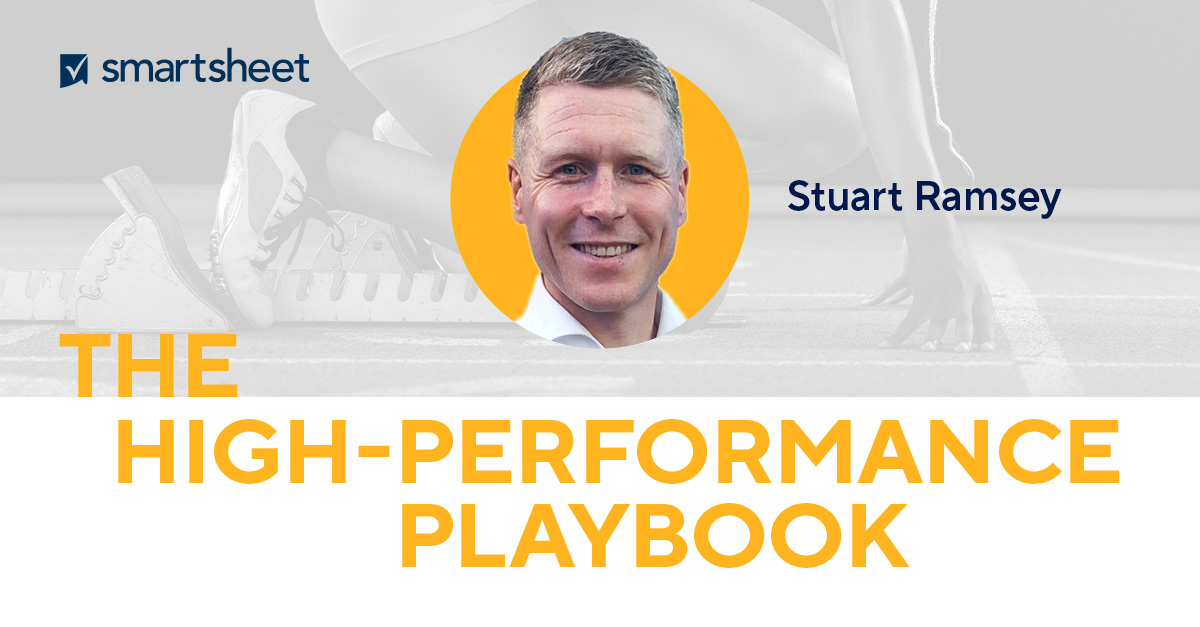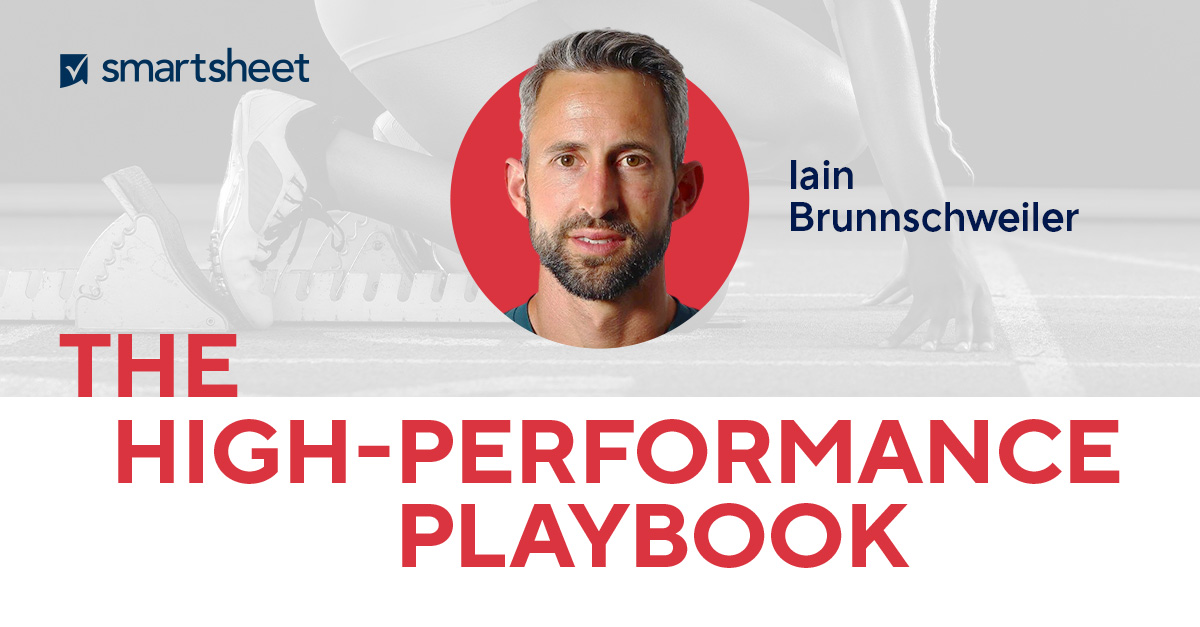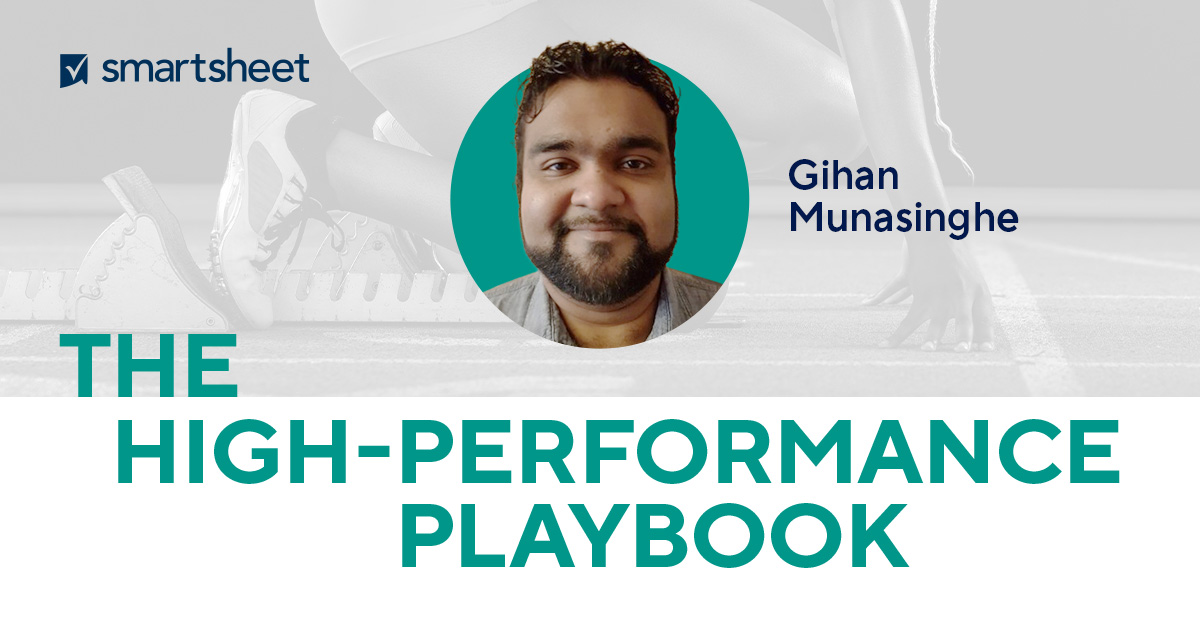Stuart Ramsey, Head of Brand Partnerships at Socios, draws on his 15 years of experience in the sports industry to share his plays that have delivered high performance.
What does “high performance” mean to you?
For me, high performance is getting the best out of people in every part of their life. It’s all about empowering and enabling individuals to be their best selves.
The key is understanding an individual’s potential, and then being able to coordinate that potential to build a high-performance team. You may have an individual who’s fantastic at certain things, but doesn't fit into the overall team’s puzzle.
So it’s about trying to get the best somebody can possibly be, but at the same time, recognising where their potential can take them and seeing the entire picture from that macro view.
What factors have limited “high performance” for you in the past?
A lack of clear vision — of what role each person in the team plays — is a real inhibitor for building high performance sports teams. Team leaders need to understand how to harness skills and empower people to work as a collective.
In professional football, you’ll have an incredible group of young players. Externally, there’s a perception of glitz and glamour, but behind the scenes there’s a constant feeling of being on trial — there’s always someone looking at the door.
As a result, a lot of players end up not performing as well as they can. When anxiety builds up, they tend to play where they think is right rather than by using instinct. This is happening more and more in football, and data is playing an interesting role, as it can sometimes stop individuals from pushing themselves creatively. I’ve found that when talking to players after a commercial shoot, they ask: “How far have I run?” or “How many sprints have I done?”. While individual stats can be fantastic, it doesn’t necessarily mean the team has performed well together.
In your organisation, does high performance come more from high-achieving individuals, or through impactful teamwork?
It starts at day one: Having a clear vision and purpose.
It’s the Kennedy Space Centre scenario. JFK asked a cleaner what their job was, and they replied: “To get people on the moon.” It's important that whatever your job, you share your company’s key vision. It’s harder in a corporate company, of course — and much easier to have a shared goal in sports — but the right person and attitude can inspire passion in any industry.
With Team GB at the Olympics, you’ve got 400 athletes from 33 different disciplines who usually never see each other. But when they put on a jersey, they’re part of the team. They have a shared purpose and vision, purely down to the environment that Team GB has created. It’s enabled by little things, like everyone wearing the same kit. Whether you’re Mo Farah, or an archer who’s still working full-time: You’ve qualified and are at the Olympic Games, so you are altogether part of a high-performance team.
It’s also important to ask people to share stories of challenges and successes to build peer camaraderie and inspire teams through social proof. When we create project groups, I try to have someone from every level of business to add different viewpoints. I also employ a technique called “the idiot in the room.” I ensure that in each group, there is someone there to ask questions that no one else will. This allows people to relax and opens up for other questions — and it also leads to incredible innovation.
We don’t have meetings for the sake of it, but it’s important to have structured collaboration time, and to make sure meetings are planned at the optimal times to enable outcomes. For example, change projects should be at the start of a week or month.
What role does or can technology play?
We use lots of different technology tools. They’re not all sexy, but for me, having a tool that allows you to get down to the detail of everything and get the meaning of that detail is crucial. We now have an asset management tool that shares our assets along with guidelines on how to use them.
You also have to ensure they’re being used in the right way. For example, Slack is a collaboration tool and shouldn’t be used to chat when you’re in the office together. But for remote days, it’s ideal. You lose those water cooler moments when teams are stuck on Zoom all day, so tools like Slack can help bring those back, even across different time zones.


